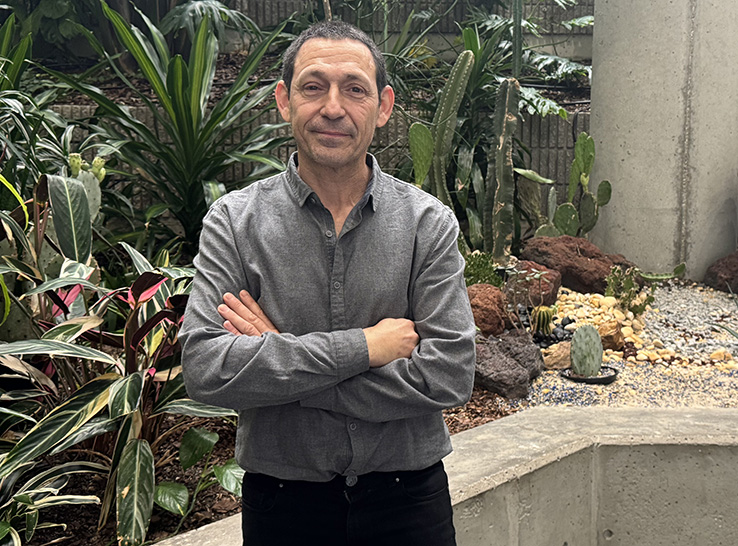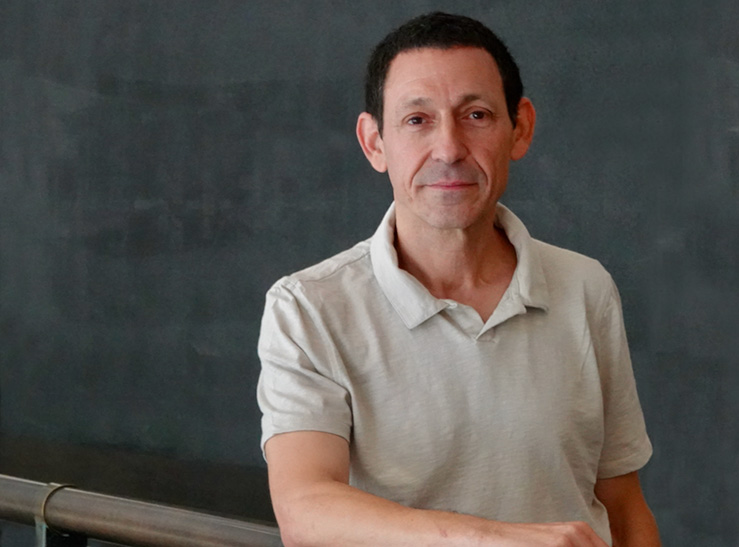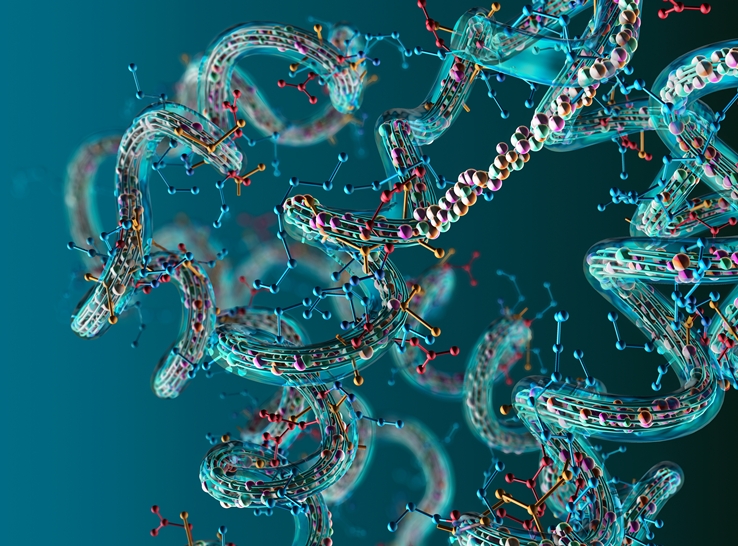Culling day-old male chicks from egg-laying hens is an on-going dilemma for the global poultry industry. Since female chicks are preferred, that leaves about 50% of production unwanted, resulting in the culling of 7 billion male chicks each year.
“The loss for each culled male chick is estimated at $1 (US),” said Yuval Cinnamon, PhD, embryologist at the Agricultural Research Institute–The Volcani Institute, and CSO of NextHen, an Israeli agri-food research hub and company.
“That’s a huge amount of money in wasted energy to incubate male chicks, as well as labor to manually sort, cull and dispose of them. It also poses animal welfare and environmental sustainability issues for the industry.”
In fact, culling male chicks is already illegal in Germany and France, and The Netherlands will follow suit by 2026.
At the 2025 International Poultry Scientific Forum, Cinnamon outlined the work his research team, led by Enbal Ben-Tal Cohen, PhD, at Volcani, has done on the Golda hen and optogenetics — a blue-light treatment — to halt the development of male chicks and thereby the need for culling.
A new approach
Past attempts to sort between male and female chicks have focused on the early stages of embryogenesis. But as Cinnamon noted, gender develops late in the process. “In chickens you start to see a slight difference between males and females under the microscope after 9 days, but that’s too late,” he explained.
Sampling DNA might offer insight, but it’s not applicable at scale. There’s also potential for mistakes. “The industry cannot tolerate mistakes because unwanted males will hatch and wanted females will be culled,” he said. “Any solution must be practical, easy to adopt and economically viable for the hatchery.”
Cinnamon and his research team turned their attention to the sex chromosomes. In chickens, the mother hen determines the embryo’s sex by distributing the Z and W chromosomes. All male chicks receive a Z chromosome from the mother and the father rooster. All female chicks receive a Z chromosome from the father and a W chromosome from the mother.
“If we can introduce a sex-linked genetic trait to the maternal Z chromosome, which only male embryos inherit, we can prevent those embryos from developing,” he noted.
This resulted in the institute’s research team developing a method to genetically edit the hen’s Z chromosome, which led to the development of Golda hens.
Turning to light
The next stage was to identify a genetic molecular switch to activate the sex-linked trait within the Golda hens with the goal of producing only female chicks. The key is for it to be controllable from outside the shell without interfering with the egg itself. It also must be easily applied within the commercial hatchery setting. “It has to be 100% reliable,” Cinnamon said. “We don’t want males to hatch.”
That’s where light comes in. “It won’t affect the eggshell, and maybe we can manipulate the action,” he added.
The researchers zeroed in on two proteins that respond to blue light. “Upon blue-light illumination these proteins are dimerized. When the light is turned off, they dissociate,” Cinnamon said. “It’s just a molecular switch.”
The process is dose-dependent, which means they needed to identify the light dose, duration and intensity. Other considerations included the light wavelength, pulsation and the ambient conditions surrounding the egg.
“It’s an umbrella of light dosage. So, it’s a combination of many factors that we need to know and to calibrate,” he said.
The team is currently evaluating light duration to identify the conditions at which the light induction works within a commercial setting.
“We are testing a wide range of temperatures, from 18° C to 20° C (64.4° F to 68° F), or from storage to pre-incubation at 24° C, 26° C, 28° C (75.2° F, 78.8° F, 82.4° F), which are suitable conditions,” Cinnamon said. They are studying an increasing temperature scale, and by year’s end the demonstration will involve tens of thousands of eggs.
No male-chick culling
In a research setting, Cinnamon and his team found that illuminated male eggs will stop developing, and they can be removed from incubators as early as 48 to 72 hours post-placement. Those eggs could then be used as regular table eggs, with the caveat that they are labeled as a genetically modified organism (GMO) due to the synthetic genetic trait linked to the Z chromosome.
“In terms of nutritional value, the discarded male eggs are no different than regular table eggs, but they do contain GMO material. Nonetheless, the layer hens and the table eggs that they produce are, by definition, non-GMO,” he noted. “Society will have to decide for its own morality whether they want to keep culling male chicks or use a safe product that eliminates that culling.”
Because it is a genetic-based technology, the light-sorting mechanism should be introduced into the pure lines of breeding companies. That means the parent Golda hens are gene-edited, and all consecutive hens and eggs produced are clear. The females they produce receive an unmodified W chromosome from the Golda mother hen and an unmodified Z chromosome from the father rooster, so there is no such issue.
“Female embryos are unaffected by the blue light and develop normally. Those chicks are reared and start laying table eggs that are exactly like the eggs the industry currently produces,” Cinnamon emphasized. “So, there is absolutely no difference. Farmers will get the same layers and they will produce the same table eggs.”
Cinnamon reported that the UK-based animal welfare organization Compassion in World Farming has followed the research and provided guidance. “In our project, they see the only viable solution to the problem of culling male chicks,” he noted.
The European Foods Safety Authority and the US FDA also have indicated that the layers and their table eggs are non-GMO, he said.
Far-reaching benefits
Beyond addressing the moral and animal welfare challenges of culling male chicks, there are many other benefits to ending the practice. It would double the available incubation space, better utilize incubation energy, eliminate male-chick disposal and add to the egg supply.
“This technology will bring significant economic value,” Cinnamon said, “and I hope this will drive industry interest in adopting the Golda hen.”
It also could provide solutions for other poultry sectors, such as turkeys. “There is a biological element in turkeys that makes the specific embryonic cells more difficult to grow than in chickens,” he noted. “But once that challenge is solved, this technology could be applied to turkeys as well.”
A solution to male-chick culling has long been needed and will be even more important in the years ahead as world egg production is estimated to reach 100 million metric tons annually by 2035. “We think this technology will prove to be an affordable and healthy solution for the entire world,” Cinnamon concluded.







